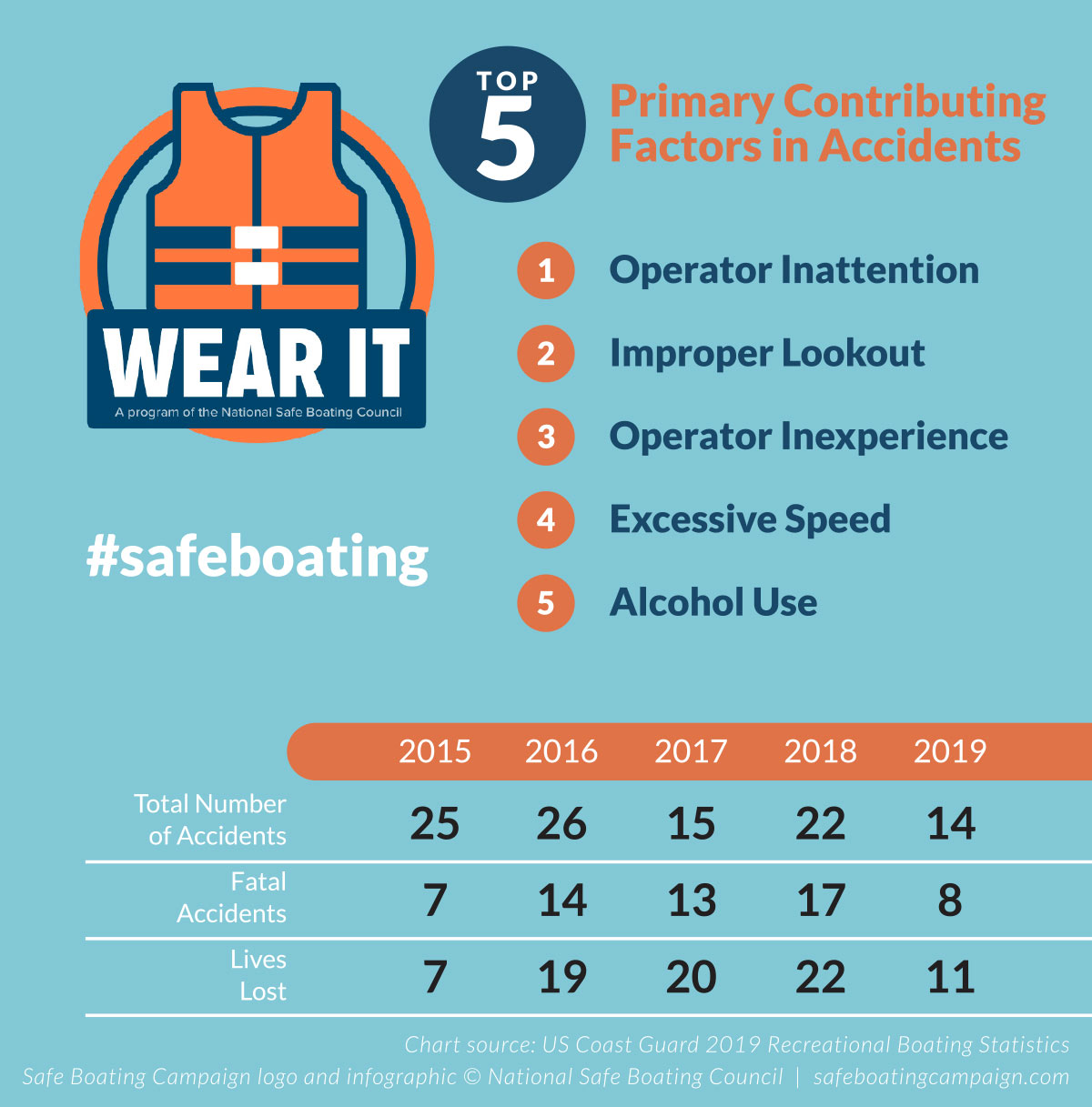
The Engagement Effect

The Engagement Effect
lthough the trend in workplace fatalities in Alaska has not been positive (thirty-five fatalities in 2016, up to fifty-one fatalities in 2019), unfortunately workplace fatalities are just the tip of the iceberg and represent only a fraction of preventable deaths in our state.
The most recent preventable injury-related death data from the National Safety Council in 2019 are shocking. There were 173,040 preventable injury-related deaths in 2019 and 167,127 in 2018; an increase of 3.5 percent in just one year. But there were 86,777 in 1992, indicating a 99 percent increase over twenty-seven years! The number of nonfatal, preventable injuries is even more staggering. In 2019, 48.3 million in the US—about one in seven people—sought medical attention.
Comparing 2019 to 2018, home deaths increased 4.9 percent, public deaths increased 4.7 percent, while work-related fatalities increased 1.8 percent. The only sector experiencing a decrease in 2019 was motor vehicle-related incidents, which were down 0.8 percent.
When you parse out the rates for workers (the previous numbers are for the total population) that ratio is even more astounding—workers are seventeen times more likely to die off the job (75,700 deaths) than on the job (4,572 deaths). That means we need to be extra careful off the job.
The Coast Guard’s 2019 Recreational Boating Statistics report shows that Alaska is fortunately breaking a four-year trend of increasing accidents and deaths.
Alaska’s high rate of life jacket use likely saved many lives. Alcohol-related casualties also plummeted precipitously, going from ten deaths and five injuries in 2018 to one death and no injuries in 2019.
Kids Don’t Float (KDF) is a statewide injury prevention program that was developed to address Alaska’s high child and youth drowning rate. In a collaborative effort between several state and federal agencies, organizations, and local grass-roots sponsors, KDF now includes a life jacket loaner board component and an educational component.
- Most of Alaska’s boating fatalities involve cold water immersion that, according to research, kills in several ways: initial immersion—cold water shock; short term immersion—impaired function; longer term immersion—immersion hypothermia; and post-rescue collapse. Even good swimmers may be unable to swim for more than a few minutes in Alaska’s cold water. In Alaska, boaters are required to have one Coast Guard-approved life jacket for each person aboard their vessel, and they must be in serviceable condition. Children under thirteen years old are required by law to wear a life jacket at all times when in an open boat, on the deck of a boat, or when water skiing.
- Most boating fatalities are as a result of a sudden capsize or fall overboard. Don’t overload your boat and be ever watchful of the weather. Be prepared to stay in a safe place until the weather improves.
- The most common powerboating problems are mechanical or fuel related. Conduct a thorough pre-departure check before each trip. Test-run engines and equipment. Make sure you have the equipment required by law and other items like a paddle, first aid kit, tools, and spare parts. Carry adequate fuel and use a fuel/water separator.
- File a float plan with family or friends and stick to it. Notify the same people on your return.
- Educate yourself through knowledge and skills-based training. The Coast Guard Auxiliary Boating Safety Education courses offer both virtual and in-person education classes.
- Wear your engine cut-off switch link. The new law went into effect on April 1, requiring recreational boats under 26 feet in length to use an engine cut-off switch (ECOS). An ECOS is an emergency ignition cut-off device that shuts down the engine if the operator is ejected from the vessel or falls overboard, which has accounted for many past fatalities in Alaska.
- Boat sober! Alcohol consumption remains the single-greatest contributing factor in recreational boating fatalities. Alcohol impairs judgement, your most important tool on the water. It also slows reaction time, speeds the effects of hypothermia, and affects balance and vision.
- Check all required safety equipment to be sure it is in good working order. Vessel safety checks by the Coast Guard Auxiliary are free. Trained examiners help boaters review their equipment and give advice about how to improve safety.
- Check the weather. Be sure to look at the immediate weather forecast as well as the extended forecast; weather can change in Alaska in a matter of hours. The National Weather Service offers local and statewide current and extended marine weather forecasts on their website, which are broadcast on VHF marine-band radios.
- Take multiple forms of communication devices and extra batteries and chargers. Always remember, VHF-FM radio is the primary communication network for the maritime boating community.
According to the US Consumer Product Safety Commission, there were 210 ATV-related fatalities in Alaska between 1982 and 2017.
- Always wear a federal Department of Transportation-compliant helmet, goggles, long sleeves, long pants, over-the-ankle boots, and gloves.
- Never ride on paved roads except to cross, when done safely and permitted by law. Another vehicle could hit you. ATVs are designed to be operated off-highway. Alaska lawmakers are considering a bill that would allow ATVs to be operated on the roadways but currently, state law only allows people to drive off-road vehicles across roads—not on roads. The proposed policy would change regulations so that four-wheelers, snowmachines, and ATVs can be driven on roads with speed limits of 45 mph or less, a designation that includes some busier roads in several communities. Anyone riding on the road must be licensed, registered, and insured in the state, and vehicles need working lights, brakes, and mufflers.
- Never ride under the influence of alcohol or drugs.
- Never carry a passenger on a single-rider ATV, and no more than one passenger on an ATV specifically designed for two people.
- Ride an ATV that’s right for your age. Supervise riders younger than sixteen years old; ATVs are not toys.
- Consider taking a hands-on ATV Rider course or a free online course.
There are not the same guards, controls, policies, and procedures in place when we leave the workplace. Helping employees establish critical-thinking skills, good safety habits, and situational awareness can really help reduce off-the-job injuries and fatalities. Sharing these statistics and tips with your employees might help save a life.

